Issue Archive
Table of Contents
BLOOD COMMENTARIES
PLENARY PAPER
Beneficial effects of endurance exercise training on skeletal muscle microvasculature in sickle cell disease patients
Clinical Trials & Observations
In a Plenary Paper, Merlet et al report a provocative and elegant study demonstrating that exercise training leads to muscle capillary growth in patients with sickle cell disease, a finding with potential to improve their lives.
BLOOD SPOTLIGHT
Mutant calreticulin in myeloproliferative neoplasms
CME
In a Blood Spotlight that is also this month’s CME article, the authors review the current understanding of the biology underpinning mutant CALR-driven myeloproliferative neoplasms, discuss its clinical implications, and highlight future therapeutic approaches.
HOW I TREAT
How I treat sickle cell disease with hematopoietic cell transplantation
Clinical Trials & Observations
Hematopoietic stem cell transplantation can be curative for sickle cell disease, but decision-making is often complex. This How I Treat provides a perspective on how to negotiate this process for an individual patient.
IMMUNOBIOLOGY AND IMMUNOTHERAPY
EBV microRNA-BHRF1-2-5p targets the 3′UTR of immune checkpoint ligands PD-L1 and PD-L2
This article reports a novel mechanism by which Epstein-Barr virus (EBV) microRNA (miRNA) plays a role to fine-tune the expression of LMP1-driven amplification of inhibitory checkpoint programmed death ligand 1 (PD-L1) and PD-L2 in EBV+ diffuse large B-cell lymphoma. Identification and understanding of the immune checkpoint regulation via miRNA may enable potential novel RNA-based therapies to emerge.
LYMPHOID NEOPLASIA
A prospective observational study of 915 patients with systemic AL amyloidosis treated with upfront bortezomib
Clinical Trials & Observations
This article reports the largest series of patients with systemic AL amyloidosis to date treated with first-line bortezomib. With relatively mature follow-up, the data indicate the importance of a stringent dFLC response (difference in involved and uninvolved light chains) as a predictor of prolonged response.
MYELOID NEOPLASIA
Terminal deoxynucleotidyl transferase promotes acute myeloid leukemia by priming FLT3-ITD replication slippage
These complementary papers by Borrow et al report persuasive but indirect evidence that the lymphoid enzyme terminal deoxynucleotidyl transferase (TdT) is the mutagen responsible for 2 common pathogenic genetic changes in acute myeloid leukemia (AML): FLT3-ITD and NPM1.
Molecular roulette: nucleophosmin mutations in AML are orchestrated through N-nucleotide addition by TdT
These complementary papers by Borrow et al report persuasive but indirect evidence that the lymphoid enzyme terminal deoxynucleotidyl transferase (TdT) is the mutagen responsible for 2 common pathogenic genetic changes in acute myeloid leukemia (AML): FLT3-ITD and NPM1.
THROMBOSIS AND HEMOSTASIS
Catalytic dysregulation of SHP2 leading to Noonan syndromes affects platelet signaling and functions
The bleeding diathesis in patients with Noonan syndromes due to germline mutations in SHP2 has been described by others previously, but its mechanism has been elusive. In this article, Bellio et al demonstrate that there are distinct thrombocytopathic diatheses related to specific mutations and provide important insights relevant to the medical care of affected patients in situations where bleeding risk is heightened.
BLOOD WORK
CONTINUING MEDICAL EDUCATION (CME) QUESTIONS
-
Cover Image
Cover Image
![issue cover]()
A skeletal muscle cross section of a sickle cell disease patient. Extracellular matrix of fibers and capillaries are highlighted in green and myosin heavy chain type IIa fibers in red. Endurance exercise training increases the muscle capillary network. See the article by Merlet et al on page 2233.
- PDF Icon Front MatterFront Matter
- PDF Icon Table of ContentsTable of Contents
- PDF Icon Back MatterBack Matter
- PDF Icon AdvertisingAdvertising
- PDF Icon Editorial BoardEditorial Board
Advertisement intended for health care professionals
Email alerts
Advertisement intended for health care professionals




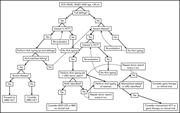

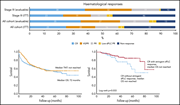
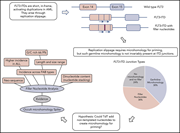
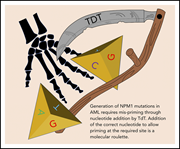

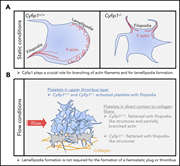

Translating exercise benefits in sickle cell disease
Clinical Trials & Observations